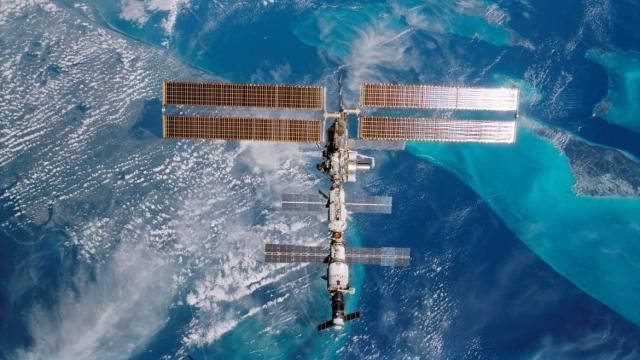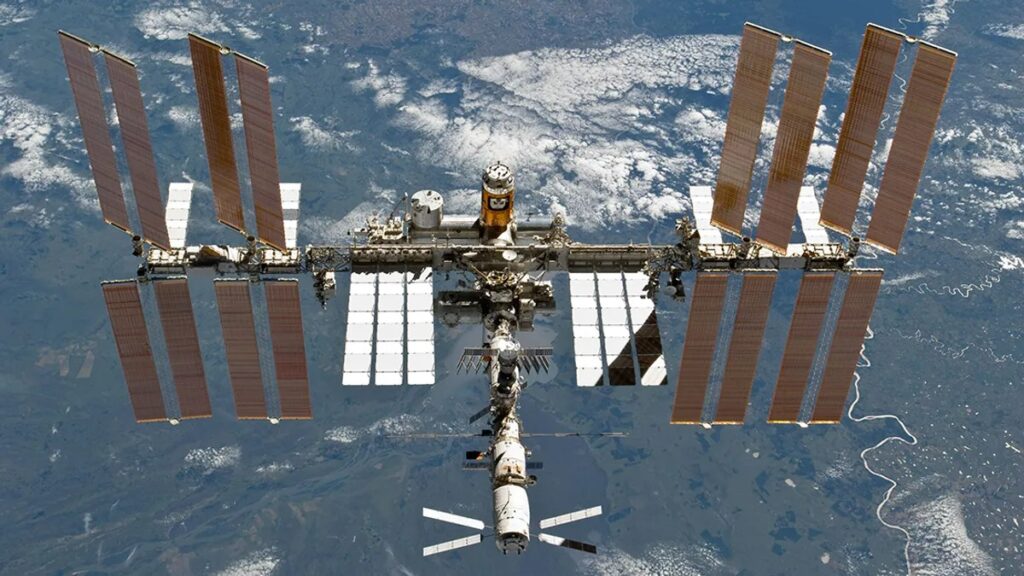
After nearly 24 years of continuous human habitation in space, the International Space Station (ISS) faces its inevitable conclusion. NASA, in collaboration with SpaceX, has embarked on a crucial mission to ensure the safe descent of humanity’s beloved orbiting laboratory back to Earth’s surface.
The journey of the ISS began auspiciously in 2000, with astronauts and cosmonauts from multiple nations fostering scientific exploration and international cooperation. Now, as the structure surpasses its expected lifespan by two years, NASA confronts the reality that essential components, like crewed modules and truss structures, cannot sustain operations beyond 2030.

“While repair and replacement efforts have extended the ISS’s functional life, the primary structure’s finite lifespan necessitates careful planning for its descent,” NASA explains. This decision underscores NASA’s commitment to safe and responsible transitions in low Earth orbit, aligning with future commercial ventures and ongoing scientific endeavors.
“The ISS remains a testament to human ingenuity and global collaboration,” remarks Ken Bowersox, NASA’s associate administrator for Space Operations Mission Directorate. This sentiment reflects the ISS’s role as a beacon for scientific discovery and partnership, enriching our understanding of space and its possibilities.

As SpaceX prepares to develop the Deorbit Vehicle, valued at approximately $843 million, NASA maintains oversight of this pivotal mission. This collaboration marks a poignant chapter in space exploration history, celebrating the achievements of international space agencies while preparing for the ISS’s final descent—a journey that will end where it began, in the depths of the Earth’s oceans.
In conclusion, while all good things must come to an end, the legacy of the International Space Station will endure, paving the way for future endeavors in space exploration and collaboration among nations.

Leave a Reply